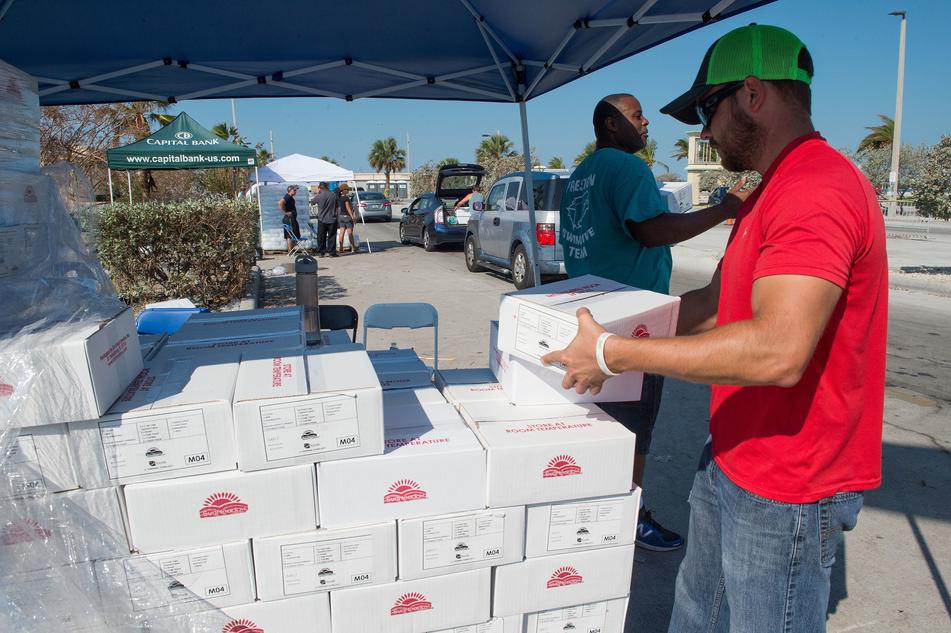
Photo by J.T. Blatty, Federal Emergency Management Agency
By Hannah Lopez
As Hurricane Ida is still causing harm to millions of people, forecasters’ predictions of “above-normal” storm activity with the 2021 hurricane season are coming true. Texans can expect storm tracking to be a regular part of their news feed. However, when reporting on hurricanes or tropical storms, people will often hear the media make remarks such as “storms don’t discriminate”—that everyone is equally devastated by mother nature in the aftermath of a natural disaster.
This is a false narrative.
Not only are low income Texans of color more likely to be disproportionately devastated by natural disasters, they’re also the most vulnerable when it comes to hurricane preparation. Between last season’s hurricanes, a winter storm, spring floods, the Texas heat wave and the continued effects of COVID-19, natural disasters have left both low-income and unsheltered communities scrambling for ways to afford this year’s hurricane season. The costly toll of hurricanes is not just limited to the aftermath of the storm. Before a hurricane even hits, residents must find funds to stormproof their homes, evacuate, or stock up on food, water, and gas.
According to a 2020 report by the Center of American Progress, “extreme weather disasters, which are expected to increase in severity with climate change, are likely to further compound the ongoing, historic confluence of economic and public health crises facing the United States.” Low income residents are caught in a constant cycle of preparing for an upcoming hurricane and dealing with the aftermath of the previous one.
The disparities in hurricane preparation are a result of the lack of federal and state funding programs available to manage this need among communities. And typically, these government funded agencies, like the Federal Emergency Management Agency (FEMA), only deal with the aftermath of a natural disaster. The expenses required for hurricane preparation are never covered and almost always fall onto the individual household. According to an article by Southerly Magazine, the lack of proactive preparation by government agencies is “partially because it’s impossible to predict where a hurricane will hit several months out.”
Even if it is impossible to know exactly where a storm hits with much advance warning, it is possible to know that there will be one in the state of Texas. This past week, Hurricane Ida left more than one million people along the gulf coast without power. Already known as some of the most hurricane-prone areas in the country, the steady rise of sea surface temperatures in the Atlantic has made Texas and Louisiana ground zero for this year’s storm season. It is not a secret that climate change has increased the likelihood of more natural disasters, especially along the coast. It is not necessary to know the exact location of where a hurricane is going to hit in order to create a program that is based on proactively supplying funds to low income communities commonly affected by these storms.
Hurricanes are not just a devastating natural disaster, they’re an indicator of the environmental injustice that is rampant in the federal government. The constant disregard for climate change, the increasing of our water’s temperature, and the effect this has on hurricane creation in the Gulf, is a disregard for the lives that are affected by these storms.
The federal government must do a better job at proactively protecting the lives of its residents by creating funding programs that give money to communities preparing for hurricane season. Anything less is an investment in the systems of racism and environmental injustice that perpetuate our society.